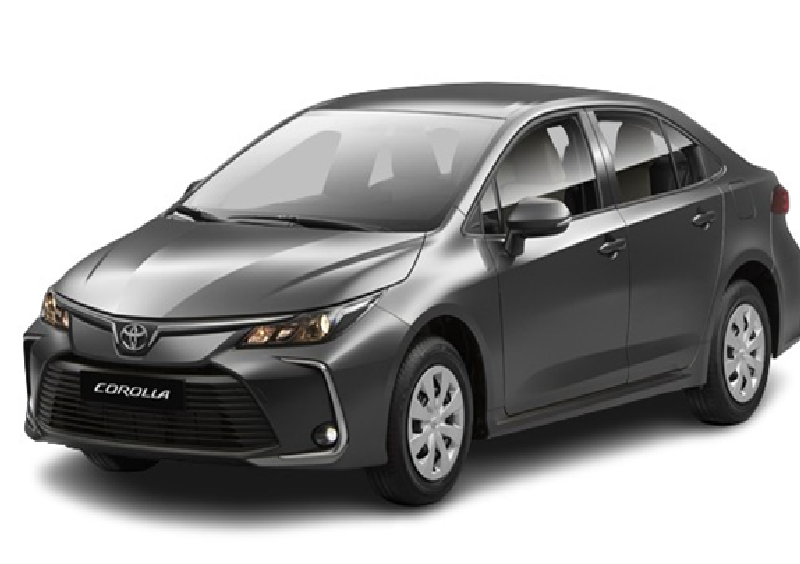If you’re considering getting your first electric vehicle, here’s a simple explanation of what’s under the hood.
The battery charger
Contrary to popular belief, the box that is on the wall of your garage (wallbox) or on a pole in the shopping center is not the charger, but the equipment that powers the charger integrated into the electric vehicle. . The charger converts the alternating current supplied by the case into direct current that the battery can store. This can be done through trickle charging when the car is plugged into a regular power outlet or faster level charging at a suitable terminal.
Battery
The battery is the heart of any electric vehicle. It largely determines the autonomy, its cost and its weight. It usually comes in the form of a large module built into the floor of the car inside which there are smaller modules containing many even smaller cells. Some electric cars opt for an implantation in the cavities of the bodywork. In reality, the shape and location of the battery are of little importance to the purchaser. All that matters is the range it gives the car.
On a Tesla Model 3, the battery is integrated into the floor. This so-called “skateboard” design is favored by the automotive industry, but it’s not the only way to integrate a battery. ©Tesla
The converter
The converter is responsible for transforming the direct current stored in the battery into the alternating current that most electric vehicle motors use. This is done using an inverter. The converter also provides the interface between the transmission, throttle, start button and drive mode selector. It is also he who manages energy recovery during braking or when the vehicle is coasting. Much of Tesla’s success lies in its ability to optimize these different energy flows and conversions.
What looks like a small four-cylinder engine is actually the lithium-ion battery and electric motor control module. Below is an 80 kilowatt motor that drives the front wheels. © Josh Miller/CNET
Engine
An electric car can be equipped with one or more motors which will determine its power but also the possibility of having all-wheel drive. They are usually compact and hidden out of sight.
It is quite relevant to compare the power and torque between a thermal car and an electric car. The torque is the important index for the electric motor because it determines the driving pleasure. Indeed, it should be noted that electric motors can provide most of their torque at low revs, while gasoline-powered cars must rev up to achieve maximum acceleration.
Far from being as impressive to look at as a gasoline engine, each of these Tesla electric motors produces 248 horsepower and can propel a Tesla Roadster up to 200 km/h and shoot down the 0 to 100 km/h in 3.9 seconds. © CBS Interactive
The transmission
Electric motors don’t really need a transmission. The nature of their operation makes them efficient and powerful over a much wider rpm range than combustion engines. So they don’t need six, seven or even ten gears to help them adapt to different vehicle speeds. Having no conventional transmission, an electric car uses a drive mode selector. In the end, an electric car uses 70 to 90% fewer parts than a car with a gasoline engine.



